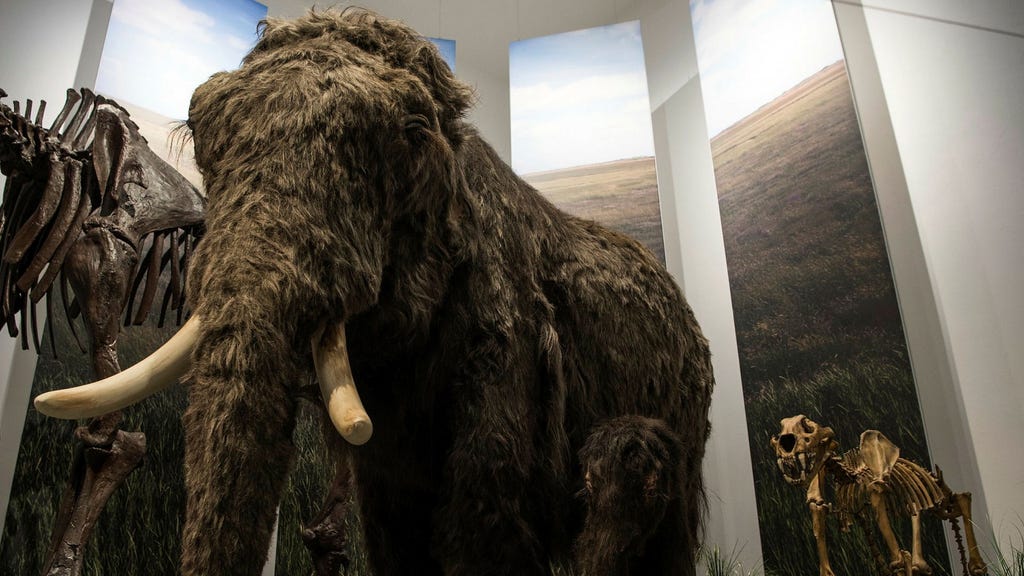Researchers have gained significant insights into the diet of a young boy who died around 18 months old by examining the materials in his skull. With the boy’s nutritional intake comprising approximately two-thirds of his mother’s breast milk, scientists have been able to glean information regarding the mother’s diet. The findings reveal that the boy’s mother predominantly consumed a diet rich in meat, particularly highlighting that nearly 40% of her intake consisted of mammoth meat. This research not only sheds light on individual dietary habits but also raises questions about broader societal practices regarding nutrition during this period.
It is believed that both the boy and his mother belonged to the Clovis culture, a nomadic group that migrated from Siberia to Alaska at the end of the last ice age when sea levels were lower and landmasses were connected. The Clovis people are known for their distinctive stone tools and their focus on big-game hunting. This study reinforces the understanding that the Clovis were not only skilled hunters but that their hunting strategies likely revolved around targeting the largest available prey. The substantial size of Columbian mammoths, which provided vast quantities of meat and energy-dense fat, made them prime targets for these early hunters.
James Chatters, an archaeologist involved in the study, emphasizes that an entire group of people could survive on the meat from a single mammoth for extended periods, allowing them to focus on locating their next source of food. This abundance of resources allowed nomadic groups to sustain themselves effectively even in harsh conditions. The findings also suggest a complex relationship between the Clovis people and their environment, as they adapted and honed their hunting techniques over thousands of years while in Europe and Russia before encountering a different ecological setting in North America.
Moreover, the research points to a potentially larger role for humans in the extinction of the mammoth than previously understood. While many researchers have attributed the demise of these incredible animals mainly to climate change at the end of the ice age, this study suggests that the hunting practices of the Clovis people may have been a significant contributing factor. The ability of the Clovis to track and hunt large mammals could have amplified the pressures on the already vulnerable mammoth populations.
The sophisticated hunting skills of the Clovis folk, developed over more than 10,000 years, likely gave them an advantage when they reached North America. The arrival of a skilled predator in a region with naive prey, facing ecological stress, could have led to a rapid decline in mammoth numbers. These dynamics could help explain the timing and reasons behind the extinction of such a dominant species on the continent.
This study is anchored in archaeological evidence discovered in a cave in southern Montana in 1968. The insights drawn from the skull remnants provide a window into the dietary patterns of these ancient peoples and their interactions with the environment. The implications of this research extend beyond the individual, shedding light on the broader narrative of human prehistory and our enduring relationship with nature.














